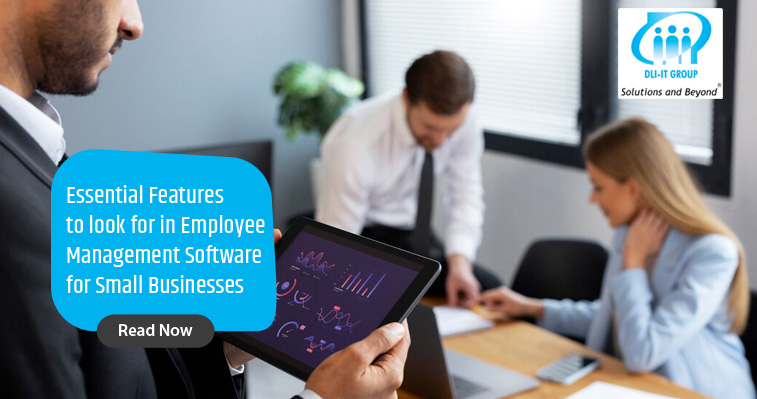An important prerequisite for the growth of any small business is the orderly management of its employees. The employee management software system is a relief to the rather tedious functions of human resource management. It assists to some extent in organising time and giving due attention to employees. Let us dwell on what these small businesses seek in an HR application.
Attendance and Leave Management Features
Attendance is always the more relevant component to shift and schedule. Hence, it becomes slightly necessary for HR applications to consist of features for attendance, including clocking in and out, quite easily categorised as applying leave requests.
Integration of Payroll System
With people management solutions integrated with payroll systems within the application, human error is reduced because various calculations are not needed. Advanced payroll systems have even alleviated the pressure off the HR department as well as the staff in times when pay-outs were delivered in due time.
Customisation
Most businesses have unique needs and requirements. For this reason, a model that does not allow prioritisation on a number-of-elements basis often fails. Look for an HR solution that allows customising options for workflows, reports, and fields for employee information. Customising allows small businesses to use software to meet their specific needs, everything from aligning business processes to expediting the efficiency of all related business processes.
Cost-Competitiveness
Each small business has to work within a budget, and cost-effectiveness is more commonly practiced than the concept of functionality. Compare various employee management software vendors to see which one offers what matters for less. Most providers design small business packages for their offerings, so a small business pays only to have valuable features available without excesses attached.
Scalability
Small businesses hope to grow, and their HR tools should too. Employee management software should be in a scalable model for any growth on your team, thus ensuring continuous performance. Scaled systems help eliminate the trouble of switching the systems later, which is a great long-term advantage.
Cost-Effective Pricing
Small business software ought to be inexpensive. Manifestly, not every service would like their prices increased under one umbrella. It would be prudent to select a provider that does not inflate costs and distort the underlying values, ensuring a negation in affordability whilst maintaining quality.
Resources for Training and Development
Employee growth depends on training and development. HR software, with learning management tools, provides access to training modules, certification tracking, and skills assessment systems. This will assist in creating a culture of learning and growth for small businesses so that they can retain their skilled talent through continuous employee development.
Employee Self-Service Portal
As the name suggests, a self-service portal puts employees in charge and allows them to view their info, payslips, the number of leaves remaining, and many more. This helps lessen the administrative burden on the HR department.
It helps in reducing the burden on the HR department since employees can edit their information or check on their leave status even without the need for HR help making the running of the business daily more efficient, especially with regards to small enterprises.
Task and Project Management
Task management becomes a necessity, especially for small companies handling many projects. The employee management software should aim at offering the provision of assigning tasks to team members, reporting the progress made, and sending deadline alerts. HR software also has project management applications that assist in the tracking of the team’s input about the project in question and its timelines. This encourages teamwork as well as increases the efficiency of the team.
Leave and Absence Management
Leave and absence tracking contributes a lot to the effective planning of the workforce. The HR software, should allow for leave requests, review and approval systems, and team availability status.
These features should be updated in real-time. Scheduling of appointments will be easier in cases when computerised systems are employed in management so that the leave period taken is well documented. This is particularly important because the organisation is relatively smaller, and managing time off becomes effective without any negative impacts on the existing productivity.
Conclusion
A competent employee management application can go a long way in easing the HR processes for small businesses to concentrate on growth.
Key features in recruitment software include an easy interface, payroll integration, and operating under compliance that keeps productivity levels up and employees satisfied by ensuring smooth transitions. With this HR software, small businesses will tend to run more efficiently and effectively.

